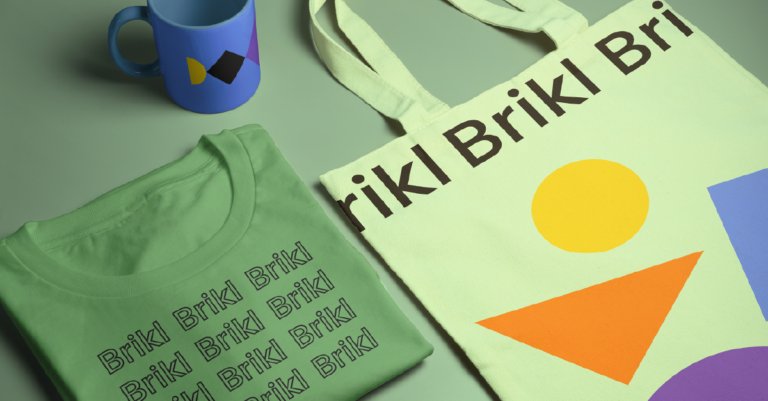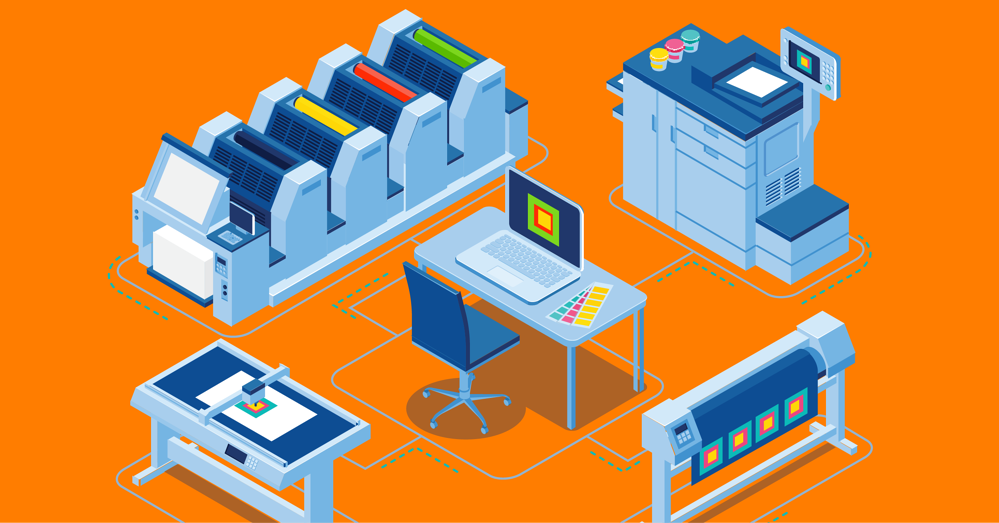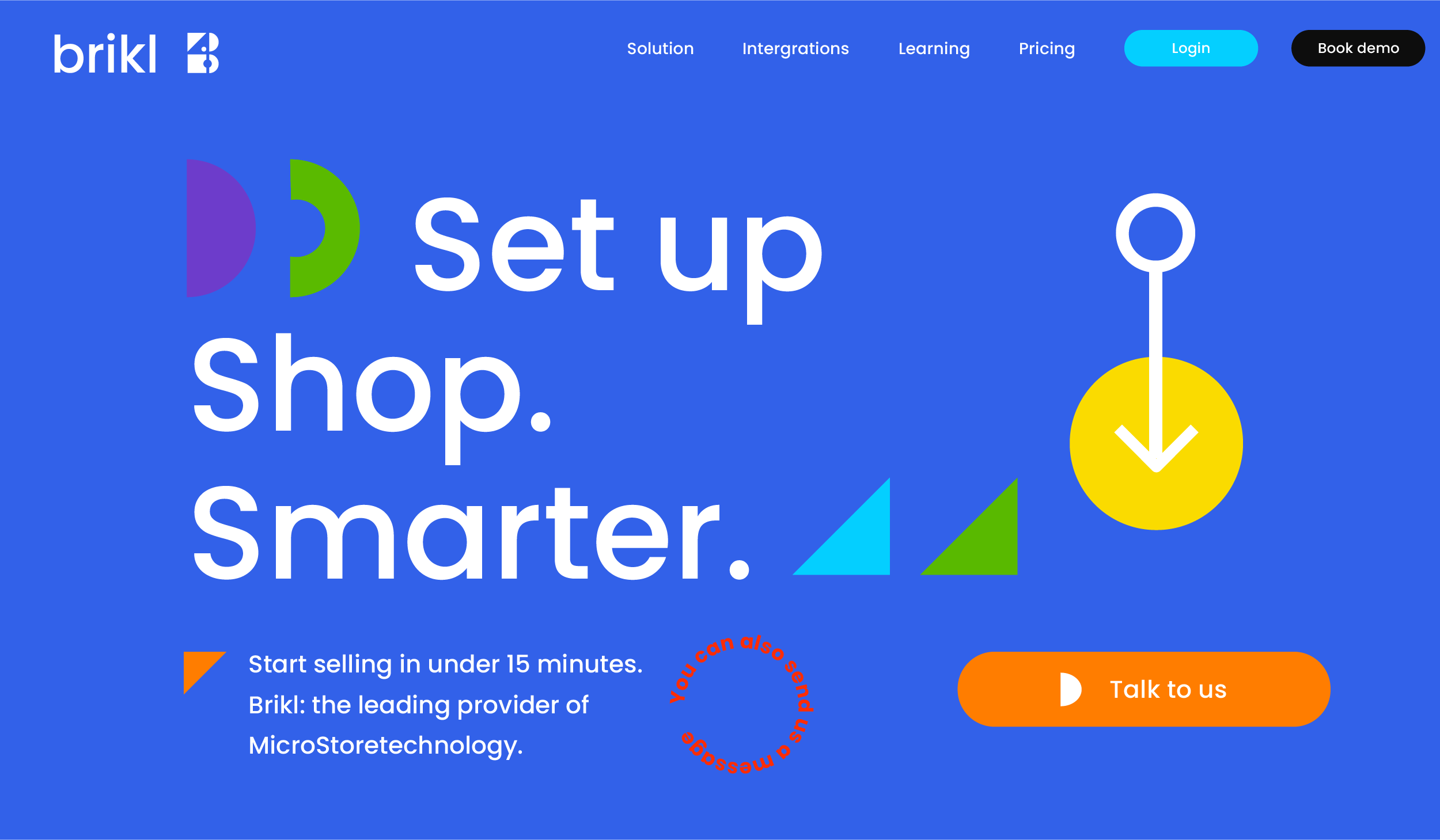In a rapidly evolving marketplace, where consumer choices are abundant, and attention spans are shrinking, the art of creating merchandise that not only sells but also resonates deeply with consumers is more crucial than ever. It’s not merely about producing an item with your logo; it’s about crafting a narrative, establishing a connection, and making a statement. This process is an intricate dance of understanding your audience, infusing your brand’s ethos, and delivering quality that speaks volumes.
The Storytelling Canvas
Merchandise is more than just a product; it’s a storytelling medium. Your merch is the canvas where your brand’s ethos, style, and message converge into a tangible form. This process is not just about the physical product but about what it represents. For instance, consider how a brand like Patagonia doesn’t just sell outdoor apparel but promotes a commitment to environmental sustainability. Their products tell a story of adventure, conservation, and respect for the natural world, creating a powerful emotional connection with their audience.

Simplicity and Clarity in Design
Simplicity is often the key to effective design. Overcomplicated or cluttered designs can obscure your message and alienate potential customers. Apple’s approach to design is a prime example. Their products and promotional merchandise embody a minimalist aesthetic, perfectly aligning with their brand identity of sleek, user-friendly technology. This simplicity, however, does not equate to a lack of creativity or uniqueness.
💡Top tip: Looking for an effective way to sell your custom product? Brikl ties into 450+ suppliers, has an expansive decorator network, and is the only platform in the promotional industry to offer on-demand company stores.
Creativity and Uniqueness
Even with a minimalist approach, injecting creativity and uniqueness into your merchandise is essential. Your merch should appeal to people not just as fans of your brand but as consumers looking for something unique and stylish. Consider the iconic merchandise of bands like The Rolling Stones or Nirvana. Their t-shirts and accessories have transcended mere band merch to become fashion statements, coveted even by those who may not be fans of their music.
Non-Negotiable Quality
In today’s market, quality is not a luxury; it’s a necessity. Consumers are increasingly conscious of the longevity and sustainability of their purchases. A Nielsen study revealed that 66% of global consumers are willing to pay more for sustainable goods. This trend indicates a growing preference for merchandise that lasts and is ethically produced. Quality, therefore, should be a cornerstone of your merchandising strategy. It’s not just about durability but also about the message it sends regarding your brand’s values and commitment to sustainability.
Inclusion and Diversity
Your audience is diverse, and your merchandise should reflect this diversity. Inclusive design in terms of size, style, and functionality broadens the appeal of your merchandise. Nike’s introduction of plus-size mannequins and a diverse range of athletic wear is a prime example of how inclusivity can enhance brand appeal and market reach.
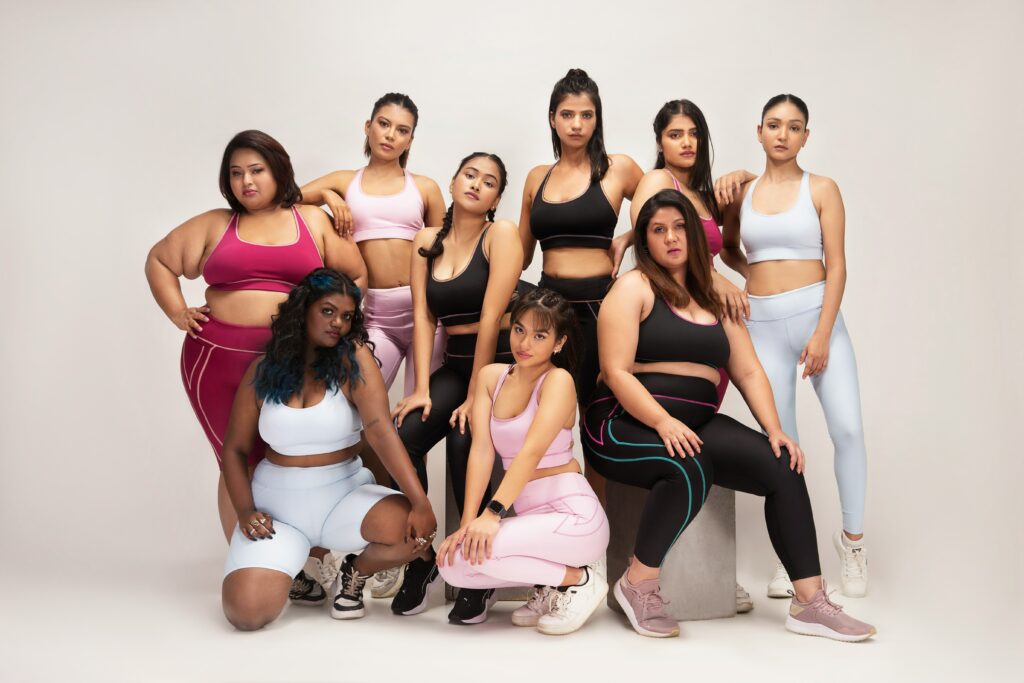
The Allure of Exclusivity
Limited editions and exclusive releases can add significant value to your merchandise. Scarcity creates urgency and desirability among consumers. Supreme, the skateboarding shop and clothing brand, has effectively utilized this strategy with its limited drop model, turning its merchandise into highly sought-after collectibles. This approach not only boosts sales but also enhances the perceived value and desirability of the brand.
Understanding Your Audience
A deep understanding of your target audience is crucial in designing merchandise that sells. This involves more than just demographics; it’s about getting into the psyche of your consumers. What are their interests, values, and aesthetics? How does your brand fit into their lifestyle? Customizing your merchandise to align with your audience’s specific preferences and values can significantly increase its appeal.
Brand Alignment
Every piece of merchandise should be a reflection of your brand’s identity. This alignment ensures a consistent and authentic brand experience for your consumers. Whether it’s through the choice of colors, materials, or design aesthetics, your merchandise should be instantly recognizable as a part of your brand universe.
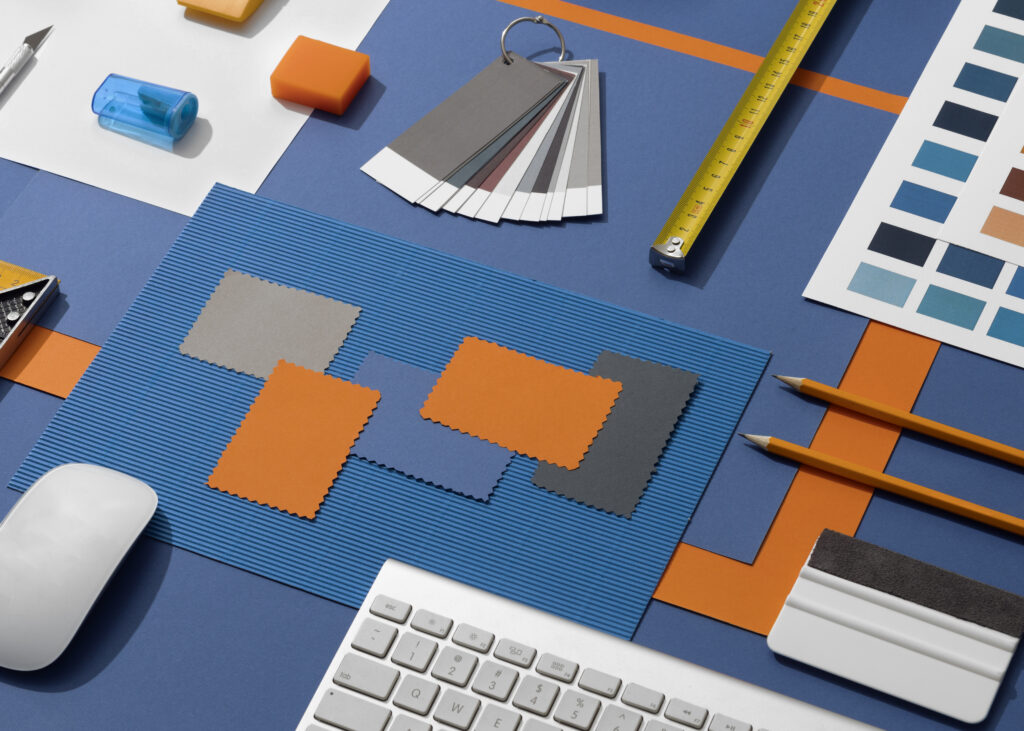
Marketing and Storytelling
Effective marketing is key to selling your merchandise. This involves storytelling that encapsulates the essence of your brand and the value of your merchandise. It’s about creating a narrative that engages your audience and compels them to be a part of your brand story.
Feedback and Evolution
Lastly, listening to feedback and being willing to evolve is important. The market is dynamic, and consumer preferences can change. Staying attuned to feedback, whether it’s through direct customer interactions, social media, or sales data, can provide invaluable insights. This information can guide future design and marketing strategies, ensuring your merchandise remains relevant and appealing.
Creating merchandise that sells in today’s market requires a blend of art and strategy. It’s about understanding your audience, aligning with your brand values, ensuring quality, and effectively communicating your story. Your merchandise is not just a product; it’s a piece of your brand’s story, an ambassador of your values, and a connection to your audience. By focusing on these essentials, you can create merchandise that sells and builds lasting relationships with your consumers.

